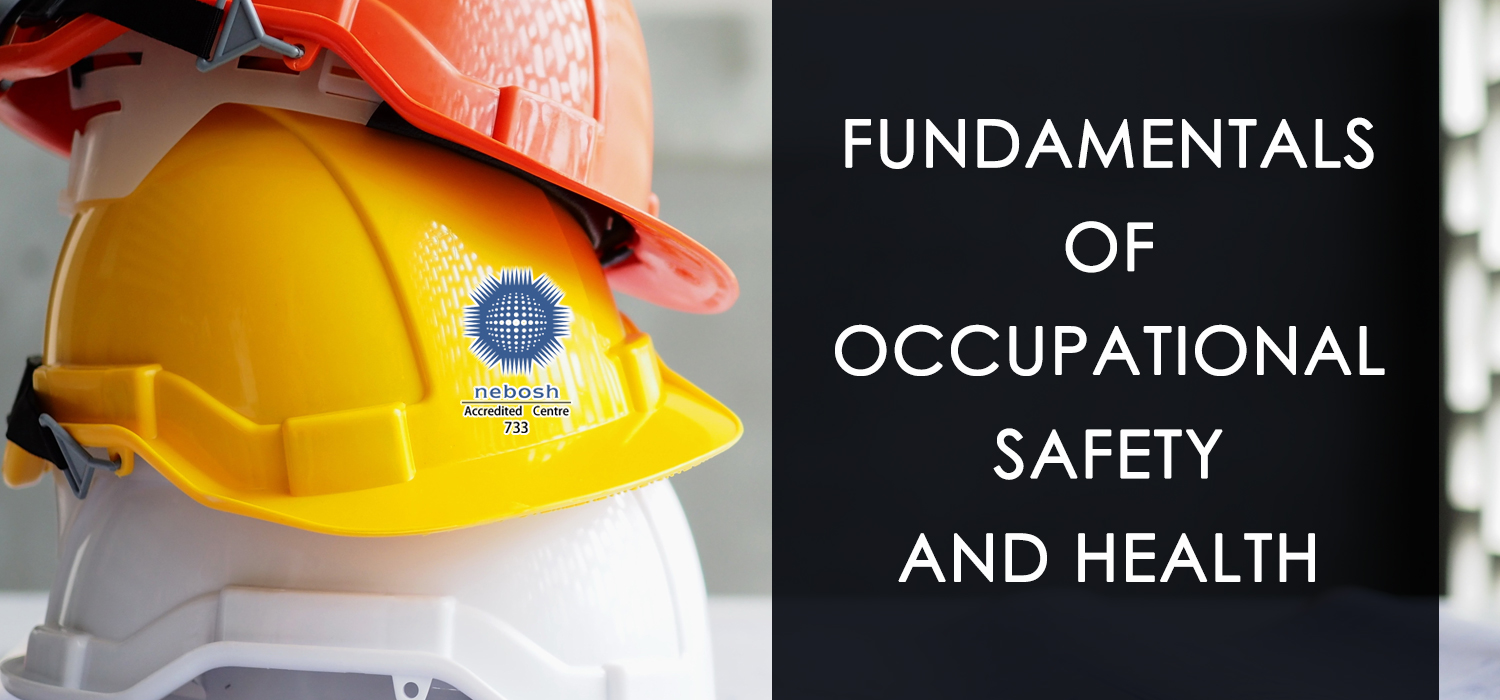
PEDAGOGICS OF NEBOSH IGC : FUNDAMENTALS OF OCCUPATIONAL SAFETY AND HEALTH
The human, social and economic costs of occupational accidents, injuries, diseases and major industrial disasters have long been cause for concern at all levels from the individual workplace to the national and international sphere. Yet, despite continuous if slow improvements, occupational accidents and diseases are still too frequent and their cost in terms of human suffering and economic burden continues to be significant. To find the length of this curve, International Labor Organization (ILO) has invested imperative attempts to stab back. Approximately, half of the 188 Conventions and 199 Recommendations of ILO, directly or indirectly address the issues of occupational safety and health.
The first element in NEBOSH IGC deals with the fundamentals of occupational health and safety to provide a hitchhike to the ILO standards of a workplace. It is a tripartite effort which elucidates occupational safety and health by defining the basic terminologies on usage; chewing over the barriers to good standards; and reasons for the implementation of occupational safety and health standards.
How emerging concern the occupational safety and health awareness in various sphere of influence is enlightened in the nature, scope and meaning as an initial part of the element. Occupational safety and health is thus a multi-disciplinary area concerned with protecting the safety, health and welfare of people not only engaged in work or employment but also protect family members, nearby communities and other members of the public who are impacted by the workplace environment. It is an obligatory issue one must know the basic definitions which are used extensively in the field. Next, the barriers for safety and health standards in a workplace are enunciated as the stumbling blocks which include the complexity of the workplace where various works carried out by different people with different standards; conflicting demands where the money, cost and effort compete for their space; behavioral issues; lack of knowledge and training; prevailing blame culture and peer group pressure. Later, the multilateral reasons for the education in occupational safety and health are vindicated in the next part, which are the moral, legal, and economical explanations. This states the importance of health and safety of workers as the prerequisite for improvements in quality, productivity and sustainable socio-economic development.
The whys and wherefores expound the corollary effects viz., enforcement and prosecution of the organization or individual if the occupational safety and health procedures are not abided by. Aside from providing a workplace, free from recognized hazards likely to cause death or serious physical harm, the employer has other responsibilities such as the examination of the workplace; minimizing or reducing hazards; providing safety knowledge through signs, posts, instructions, trainings, supervision; providing safe working hours and personal protective equipments. The workers responsibilities include, taking reasonable care of their own safety and that of others around; complying with the safety instructions and procedures; reporting hazards, incidents, and ill health issues and safe use of equipment. Thus the first element is given a beginning with a prefatory to the global occupational safety and health views of a workplace.
Article written by
Ananth Tamilmaniarasu,
HSE Trainer & Consultant,
Green World Group,Dubai.

 NEBOSH CERTIFICATE
NEBOSH CERTIFICATE NEBOSH DIPLOMA
NEBOSH DIPLOMA IOSH
IOSH SAFETY DIPLOMA
SAFETY DIPLOMA CPD UK
CPD UK ROSPA UK
ROSPA UK FOOD SAFETY
FOOD SAFETY 



